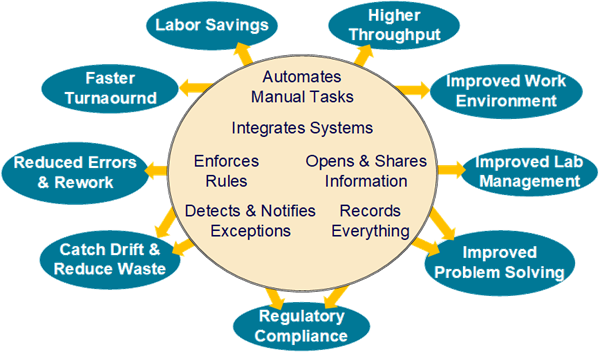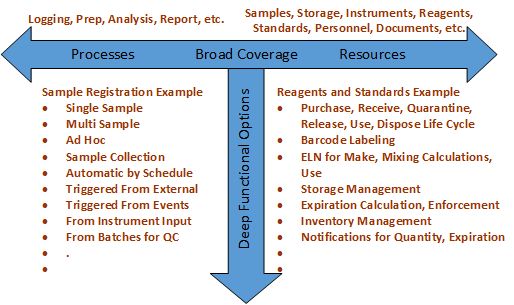BlazeLIMS is an advanced Laboratory Information Management System engineered for labs that demand precision, efficiency, and compliance. BlazeLIMS automates complex workflows, streamlines data handling, and delivers full traceability, whether you’re managing thousands of samples or scaling operations across multiple sites—all in a secure, configurable platform that grows with your lab.
Schedule Your Free Demo Today and discover how BlazeLIMS transforms lab operations.










